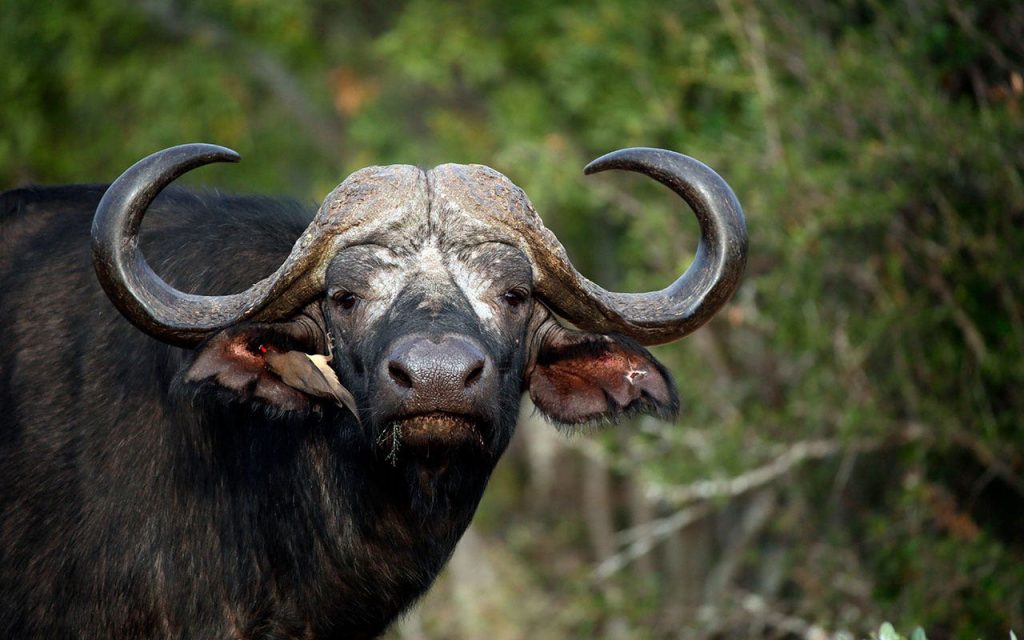Eight wild buffaloes were electrocuted after walking into low-lying power lines at Lake Nakuru National Park in western Kenya. The incident occurred due to a broken wooden support pole, causing the power lines to lay on the ground. The Kenya Wildlife Service is working with the country’s power distribution company to replace the pole with a metallic one to prevent future incidents. Conservationists have previously raised concerns about the risk of wild animals being electrocuted by power lines in Kenya.
In a separate incident in 2021, two giraffes were also electrocuted when they walked into low-lying electric power transmission lines at the Soysambu Conservancy in western Kenya. Conservationists noted that despite experts’ advice, measures were not taken to prevent the wildlife from coming into contact with the power lines. The deaths of these animals highlight the importance of taking proactive steps to protect wildlife and prevent unnecessary harm.
President William Ruto announced the construction of a 62-mile electric fence in Lariak Forest in Laikipia county to prevent elephants from encroaching into neighboring farms. This initiative aims to reduce human-wildlife conflicts and protect both the elephants and the local communities in the area. By creating physical barriers to limit the movement of wildlife, the government hopes to mitigate the negative impact of wildlife incursions on agriculture and livelihoods.
The incidents of wild animals being electrocuted by power lines underscore the need for increased collaboration between wildlife conservationists, government agencies, and the power sector to prevent such tragedies. It is crucial to implement measures such as raising the height of power lines, using deterrents to keep animals away, and conducting regular inspections to ensure the safety of wildlife. Enhancing awareness among the public about the importance of protecting wildlife and mitigating human-wildlife conflicts is also essential.
As Kenya continues to experience growing human-wildlife conflicts due to habitat encroachment and development, it becomes imperative to find sustainable solutions to coexist with wildlife. Initiatives such as the construction of electric fences and the replacement of wooden support poles with metallic ones are steps in the right direction towards safeguarding both wildlife and local communities. By prioritizing the protection of biodiversity and implementing proactive conservation strategies, Kenya can preserve its rich wildlife heritage for future generations to enjoy.
In conclusion, the recent incidents of wild buffaloes and giraffes being electrocuted by power lines serve as a reminder of the threats that human activities pose to wildlife. It is essential for stakeholders to work together to address these challenges and implement solutions that prioritize the protection of wildlife. By taking proactive measures, raising awareness, and investing in conservation efforts, Kenya can ensure the survival of its diverse wildlife species and promote sustainable coexistence between humans and animals.


